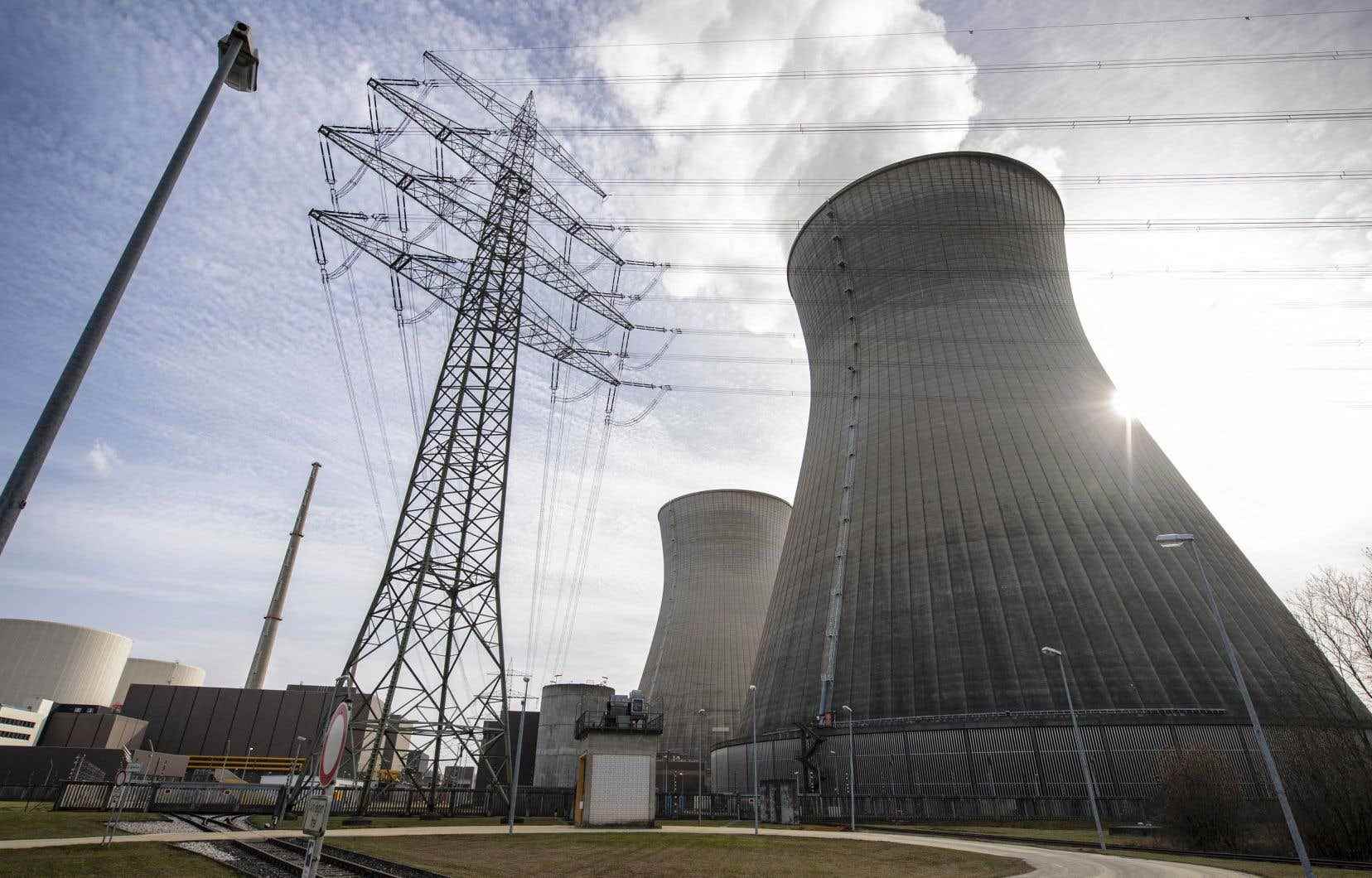L’Germany remains on course to phase out nuclear power at the end of this year. Despite the energy pressures exerted by the war in Ukraine, the last six reactors are expected to be shut down by December 31. The government of Olaf Scholz intends to make the big shift towards renewable energies (80% in 2030, 100% in 2035) without the atom, but analysts are worried that the storage of nuclear power will delay the exit from coal. “Nuclear energy is the wrong way,” Mr. Scholz insisted a year ago. […] The waste problem is not solved. Building new power plants is very expensive. »
Major nuclear burn during the Fukushima disaster, the Japan is making a cautious return to atomic energy. Last year, around ten reactors meeting the stricter safety requirements established after the accident were restarted. Of the 54 reactors in operation before 2011, many will never hum again. Prime Minister Fumio Kishida, in office since October 2021, continues the effort of previous governments to convince the population to accept nuclear power, despite the collective trauma, in order to reduce the country’s reliance on fossil fuels.
The United States are a nuclear giant with feet of clay. The world’s largest producer, the country has an aging nuclear fleet; moreover, only one new plant is under construction. The president, Joe Biden, however, wants to whip this sector to successfully exit from fossil fuels. A few days ago, Washington launched a historic subsidy program to save aging power plants. The 55 nuclear power plants currently produce 20% of US electricity, or half of its carbon-free energy.
The construction of a first nuclear power plant in Egypt, some 130 kilometers from Cairo, is starting up. The El-Dabaa facilities, which will eventually provide 4,800 megawatts, are the result of an agreement between the Egyptian and Russian governments. The Russian nuclear agency, Rosatom, will provide four VVER-1200 reactors and Moscow will lend 25 billion US dollars for the realization of the project. This initiative will make Egypt, along with South Africa, one of the only two countries in Africa to rely on the atom. Dozens of countries on the continent, however, aim to produce nuclear energy in the coming decades.
With its three power stations, theArgentina is the largest producer of nuclear energy in Latin America. The atom provides the Argentines with around 4% of their electricity, but the government estimates that this proportion could double within a few years. In February, Buenos Aires signed an agreement with the Chinese National Nuclear Company for 85% financing of a new reactor, Atucha III, near the capital. Lacking funding, the Argentine government has managed to formalize this project after years of canvassing Moscow and Beijing.
